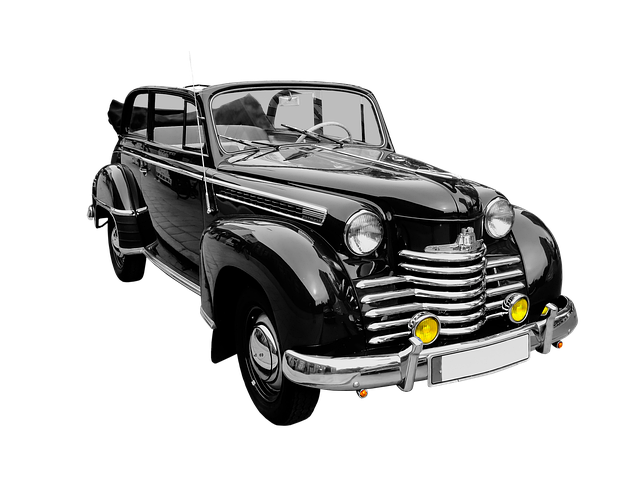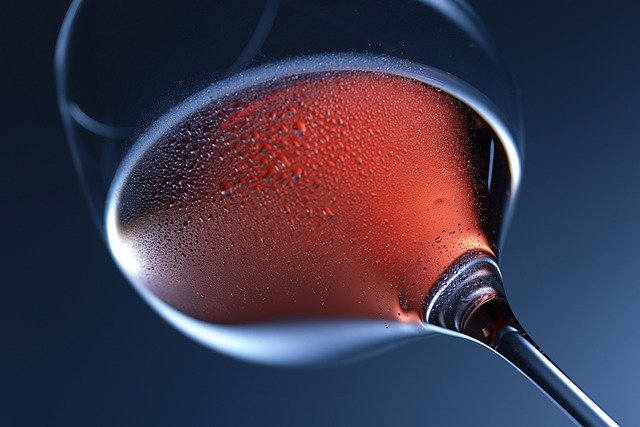“Essential Wine Fridge Components Guide”
July 5, 2025 | by li, moniker

“`html
Essential Wine Fridge Components Guide
Whether you’re a casual wine enthusiast or a serious collector, a wine fridge is an indispensable appliance to preserve your bottles at optimal conditions. Unlike regular refrigerators, wine coolers are specifically designed to maintain the ideal temperature, humidity, and stability for long-term wine storage. In this guide, we’ll explore the key components of a wine fridge and why they matter.
1. Cooling System
The cooling system is the heart of any wine and beverage cooler. Most units use either a thermoelectric or compressor-based system:
- Thermoelectric: Quiet, vibration-free operation perfect for small to medium collections
- Compressor: More powerful cooling for larger units and warmer environments
2. Temperature Zones
Premium wine fridges often feature dual-zone temperature controls, allowing you to store reds and whites at their respective ideal temperatures (typically 55°F for reds and 45°F for whites). This feature is especially valuable in built-in undercounter wine coolers designed for serious collectors.
3. Shelving System
Quality shelving impacts both functionality and aesthetics:
- Wooden shelves provide insulation and style
- Chrome or metal racks offer modern durability
- Roll-out shelves improve accessibility in larger units
4. UV-Protected Glass
Exposure to UV light can prematurely age wine. Quality wine fridges feature tinted or UV-resistant glass doors to protect your collection while allowing display. This is particularly important for freestanding models placed in sunlit areas.
5. Humidity Control
Maintaining 50-70% humidity prevents corks from drying out. Some high-end wine and beverage coolers include active humidity control systems, while others use passive methods like water reservoirs.
6. Vibration Reduction
Excessive vibration can disturb wine sediment and accelerate aging. Look for features like shock-absorbing shelves and advanced compressor insulation in premium models.
7. Insulation
High-density foam insulation ensures stable temperatures and energy efficiency. This is especially crucial for built-in wine coolers that share space with other heat-producing appliances.
8. Digital Controls
Modern units feature precise digital thermostats with LED displays, often including:
- Temperature memory during power outages
- Alarms for temperature fluctuations
- Energy-saving modes
Choosing the Right Wine Fridge
When selecting your ideal wine and beverage cooler, consider:
- Collection size (current and future growth)
- Available installation space
- Climate conditions in your home
- Desired features vs. budget
By understanding these essential components, you’ll be better equipped to choose a wine fridge that perfectly preserves your collection for years of enjoyment. Whether you opt for a compact countertop model or a professional-grade built-in unit, proper storage is the key to experiencing each wine at its best.
“`
RELATED POSTS
View all


